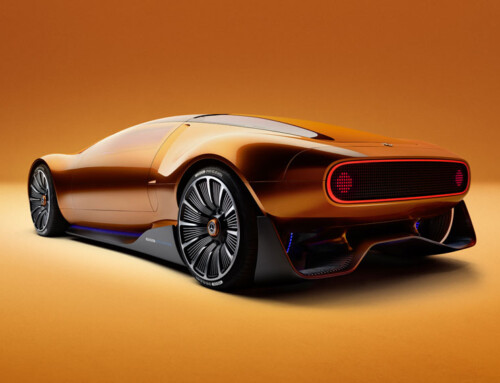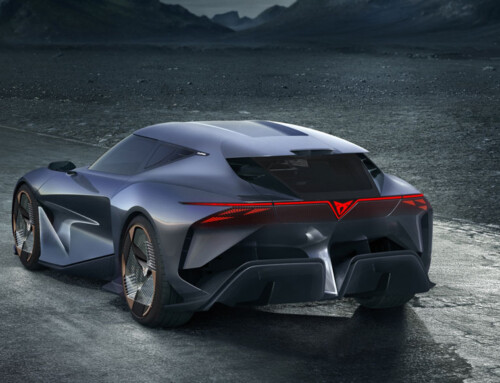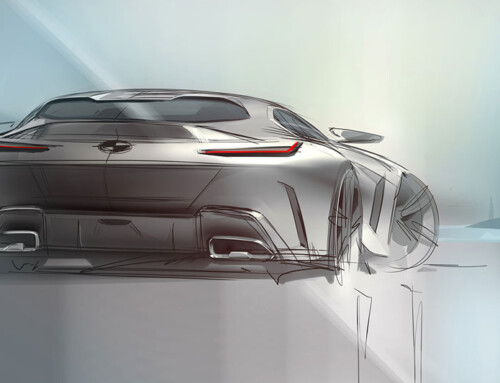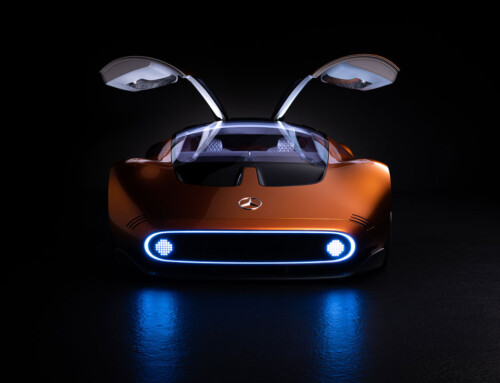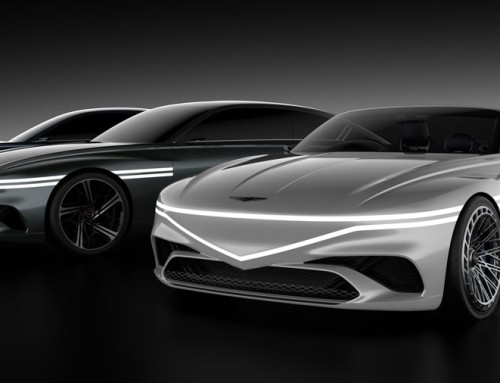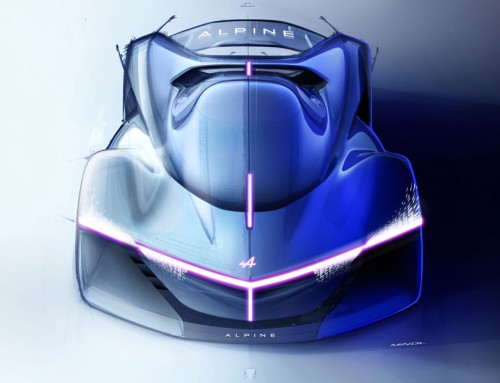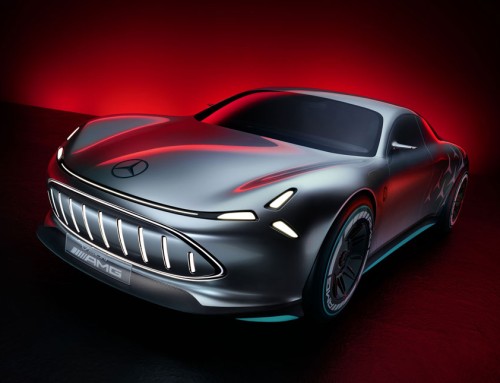

We should therefore be focusing on the quality of the entertainment aspect of design. For a better understanding, we should be asking why some cars carry a particular design. And you cannot ignore the past. Design has to build trust and you can only achieve that when you are able to show where you’re coming from.”
Bangle is convinced that car design is art and that the quality of that design should not be measured by marketing procedures or ISO standards, but by craftsmanship. “Early cars were made purely by men, with tools not that different from those used by Michelangelo.
Nowadays we have computers, but we mustn’t let them take over the design process. Computers must remain tools,” according to Bangle, who says that the perfection of surface treatment is the hallmark of design craftsmanship. “That’s why we dedicate 30 percent of the design process to those aspects.
If you ignore them, you will direct customer tastes downwards and erode the state of excellence of car design to the point where it’s too late.” But the BMW design chief feels that the design schools are in a dangerous position. “They excessively consider automotive design as entertainment and risk losing the values of traditional craftsmanship.”
Bangle adds that if the concept of design as entertainment were followed to a logical conclusion, production methods and the news value of design features would overrule long-standing design qualities. Designers are the monitors of customer demand, which in turn motivates the industry. As a result, Bangle thinks that in our less than homogeneous world, a demand for dual functionality, with a dual flavour, is apparent.
“That’s why hyphenated car concepts are a trend,” he said. Sports-pickups and luxury-coupés are examples. “It’s complex because they’re a mix of concepts. In art and architecture this has led to the deconstruction movement, where the shape merges the message into the medium.
A motorcycle is a single medium, in which the hardware of technology is dedicated to the software of design. With hyphenated car concepts, we are stepping towards deconstruction by mixing visual metaphors,” explains Bangle. So how do all these philosophical themes translate into BMW design, and the new 3-series in particular? After all, the 3-series is no breakaway from tradition, more an evolution.
“That’s not the correct expression. In nature, no fish ever tells another fish what to do next; evolution is a process that develops without control. So we should be saying progression. And the 3-series is a good example of how we like to approach that. It emerges from tradition and deeply reveals the truth and honesty of what it is”.
The article continues in Auto & Design no. 111

